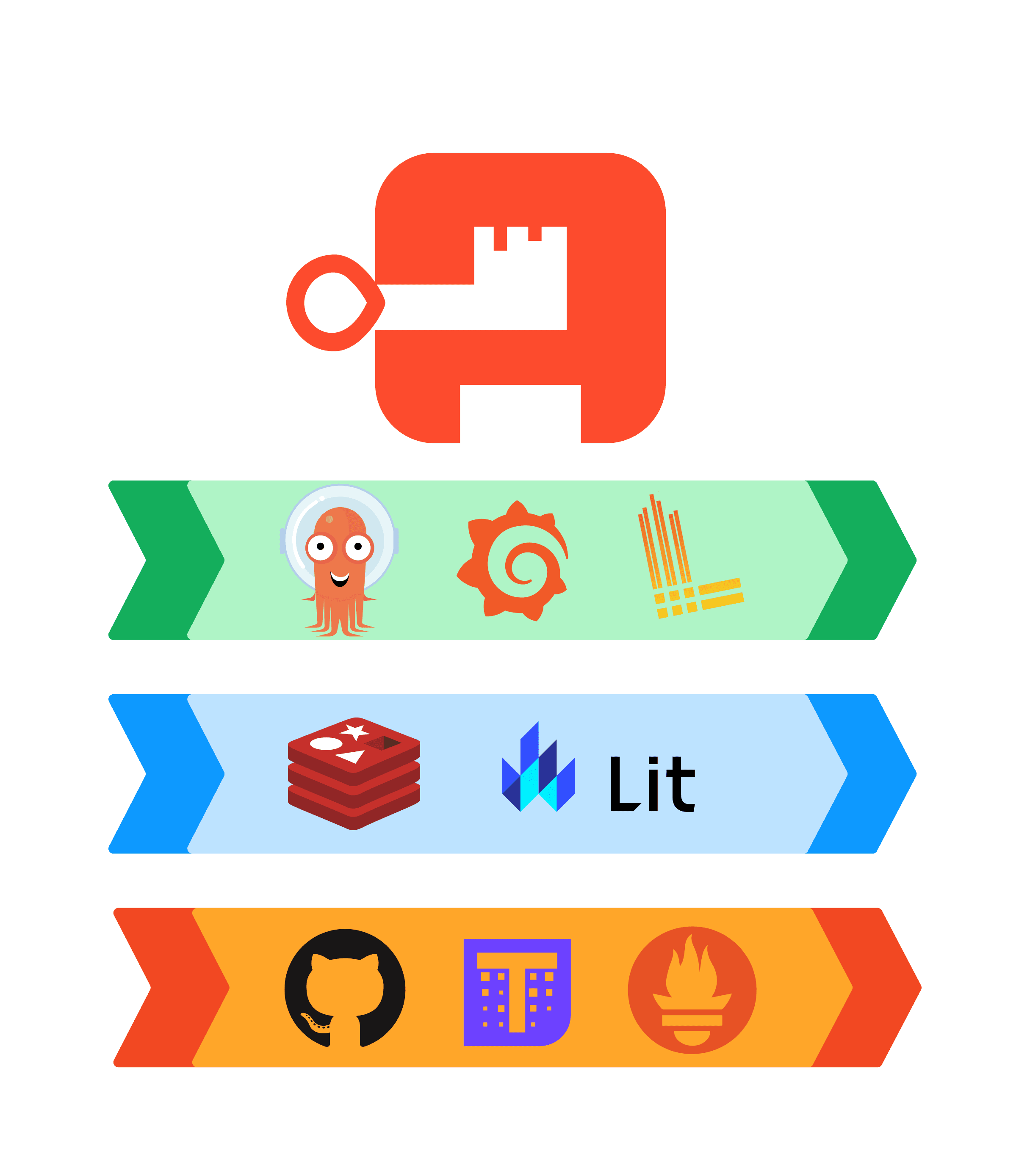Building the dream infrastructure stack for a security startup: preparing for human and technical scaling
authentik is an open source Identity Provider that unifies your identity needs into a single platform, replacing Okta, Active Directory, and auth0. Authentik Security is a public benefit company building on top of the open source project.
With great power (to choose your own tools) comes great responsibility. Not inheriting a legacy toolchain is an infrastructure engineer’s dream, but it can be hard to know where to start.
As the first infrastructure engineer hired to work on authentik, I saw the greenfield opportunities, but also the responsibility and long-term importance of choosing the best stack of tools and build processes. From my past roles, I already knew many of the considerations we would need to factor in.
For example, we know that ease of maintenance is a primary consideration, as is the stability and probable longevity of the tool, how well the tools integrate, and of course the level of support we were likely to get for each tool.
In this post we share some of what we are using to build authentik, and the lessons behind those choices.




